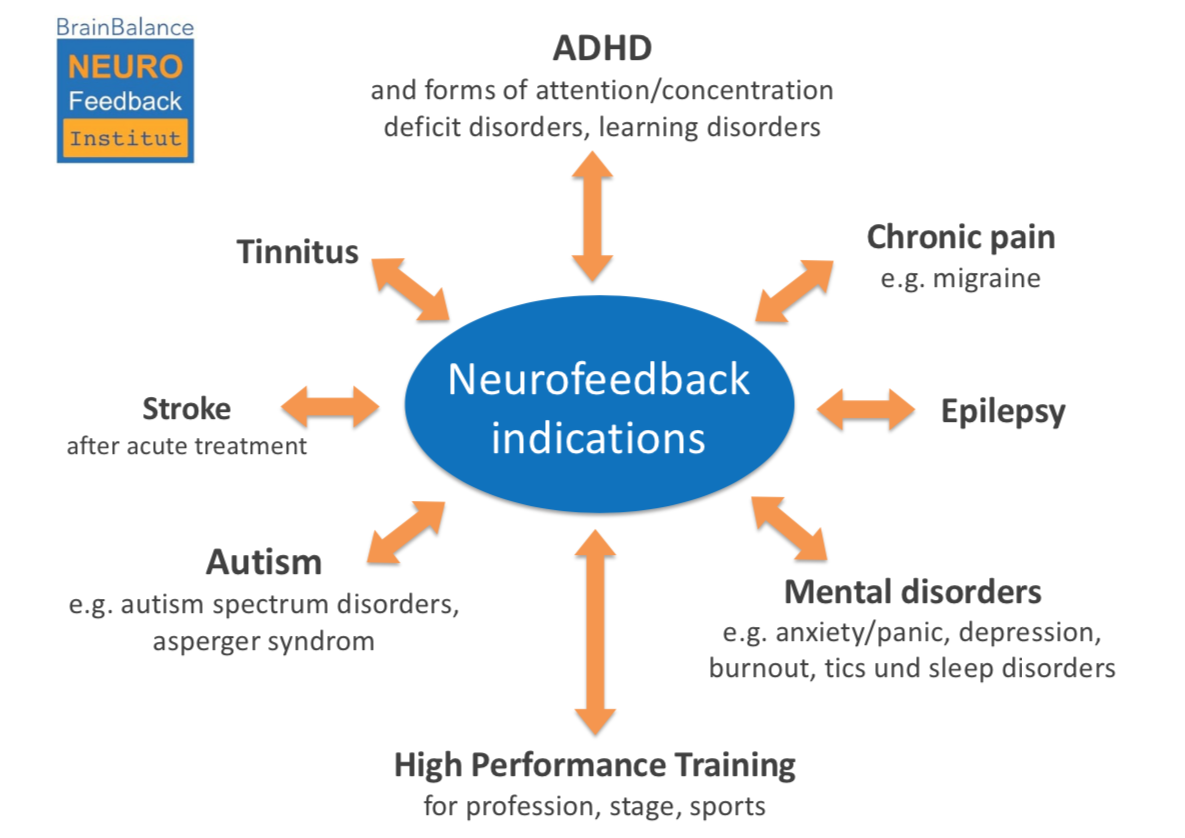Harnessing the Power of Bio-Feedback to Transform Persistent Pain Control and Improve Quality of Living
Harnessing the Power of Bio-Feedback to Transform Persistent Pain Control and Improve Quality of Living
Blog Article
Chronic discomfort is a syndrome that affects millions of individuals around the globe. It can be caused by multiple factors, including injuries, diseases, or even stress. For many patients, controlling chronic pain can be a daily challenge that impacts their standard of life. Conventional treatments often include drugs, physiotherapeutic therapy, and occasionally surgery. However, these methods do not always offer the relief that individuals seek. Recently, biofeedback has surfaced as a promising alternative for controlling chronic pain and improving overall health.
Biofeedback is a technique that educates patients how to manage certain bodily processes by using indicators from their own physiology. This method includes employing sensors that track physiological functions such as heart rate, muscle tension, and skin temperature. By offering real-time feedback, individuals can learn to recognize their body's responses to pain and stress. This consciousness allows them to develop strategies to handle their pain more effectively. For instance, if a patient notices that their muscle tension increases when they are in pain, they can practice relaxation strategies to help reduce that tension.
One of the key advantages of biofeedback is that it enables individuals to take an proactive role in their pain control. Instead of depending solely on drugs or treatments from medical providers, patients can learn to understand and control their own bodies. This sense of control can lead to increased confidence and a more positive outlook on life. Many patients report feeling more in charge of their pain and less like victims of their condition. This shift in perspective can substantially improve their standard of life.
Studies has demonstrated that biofeedback can be effective in reducing chronic pain indicators. Research suggest that individuals who employ biofeedback methods often undergo less pain and better physical ability. Additionally, biofeedback can help lessen anxiety and stress, which are frequent concerns for those dealing with chronic pain. By tackling both the physical brain mapping for neurofeedback therapy and psychological aspects of pain, biofeedback offers a holistic approach to pain management. This comprehensive method can lead to better outcomes for individuals, allowing them to participate more completely in their routine activities.
In summary, biofeedback is a significant tool for revolutionizing chronic pain management. By teaching individuals to understand and control their physiological responses, biofeedback empowers patients to take charge of their pain. This approach not only helps reduce pain but also improves overall standard of life. As more individuals look for options to conventional pain management methods, biofeedback stands out as a promising option. With ongoing investigation and awareness, biofeedback could turn into an integral part of chronic pain treatment, helping individuals lead healthier, more fulfilling lives.